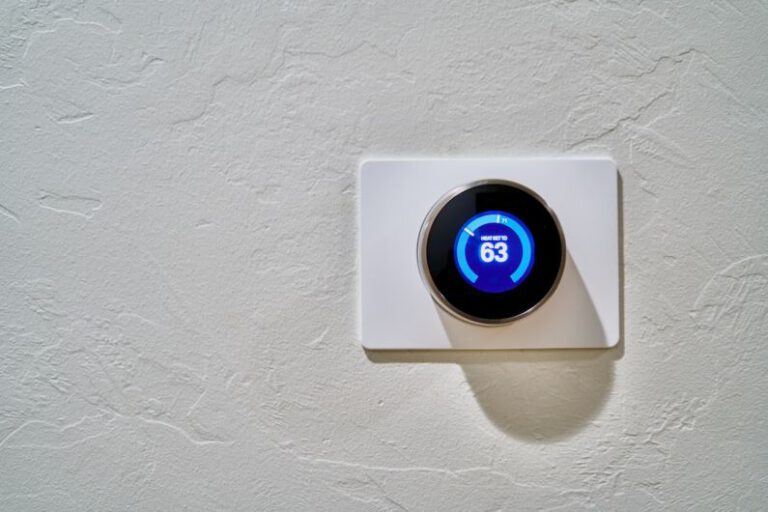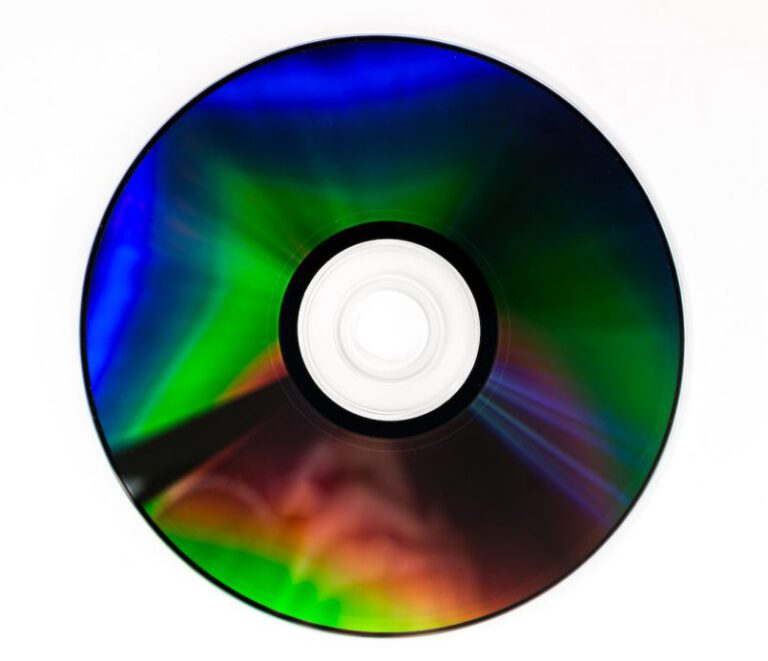Creating an Efficient Charging Station at Home
In today’s fast-paced world, we rely heavily on our electronic devices. From smartphones to laptops, these gadgets have become an integral part of our daily lives. However, the constant use of these devices also means that we need to charge them frequently. Having an efficient charging station at home can help streamline this process and ensure that all your devices are ready to go when you need them. In this article, we will explore some tips and tricks for creating an efficient charging station at home.
1. Location, Location, Location
The first step in creating an efficient charging station is to find the perfect location. Look for a spot that is easily accessible and has enough space to accommodate all your devices. Avoid placing your charging station near water sources, as this can pose a safety risk. A dedicated table or shelf near an electrical outlet is ideal.
2. Invest in a Charging Station Organizer
To keep your charging cables tangle-free and easily accessible, invest in a charging station organizer. These organizers come in various shapes and sizes, with compartments to hold your devices and built-in cable management systems. They not only keep your charging station tidy but also provide a safe place to store your devices while they charge.
3. Use Surge Protectors
Safety should always be a top priority when setting up your charging station. Protect your devices from power surges by using surge protectors. These devices help prevent damage to your electronics by regulating the electrical voltage. Additionally, surge protectors often come with multiple outlets, allowing you to charge multiple devices simultaneously.
4. Label Your Cables
With multiple charging cables for different devices, it can be challenging to identify which cable belongs to which device. To avoid confusion, label your cables. You can use colored tape or cable tags to differentiate between charging cables. This simple step will save you time and frustration when searching for the right cable.
5. Optimize Charging Speed
Most modern devices support fast charging, which significantly reduces the charging time. Invest in chargers that support fast charging and are compatible with your devices. Additionally, avoid using long or damaged charging cables as they can slow down the charging speed. Keeping your charging cables in good condition ensures optimal charging performance.
6. Create a Charging Schedule
To ensure that all your devices are fully charged when you need them, create a charging schedule. Determine the ideal time to charge each device based on your usage patterns. For example, you might want to charge your smartphone overnight, while your laptop can be charged during the day. Having a charging schedule will help you stay organized and avoid any last-minute charging emergencies.
7. Consider Wireless Charging
Wireless charging has become increasingly popular in recent years. If your devices support wireless charging, consider investing in a wireless charging pad. These pads eliminate the need for cables and provide a convenient and clutter-free charging experience. Simply place your device on the charging pad, and it will start charging automatically.
In conclusion, creating an efficient charging station at home is essential for keeping your electronic devices powered up and ready to use. By following these tips and tricks, you can create a charging station that is organized, safe, and optimizes charging speed. Whether you choose to use a charging station organizer, label your cables, or invest in wireless charging, the key is to find a system that works best for you. With an efficient charging station, you can say goodbye to the frustration of dead batteries and always be ready to tackle the day ahead.





